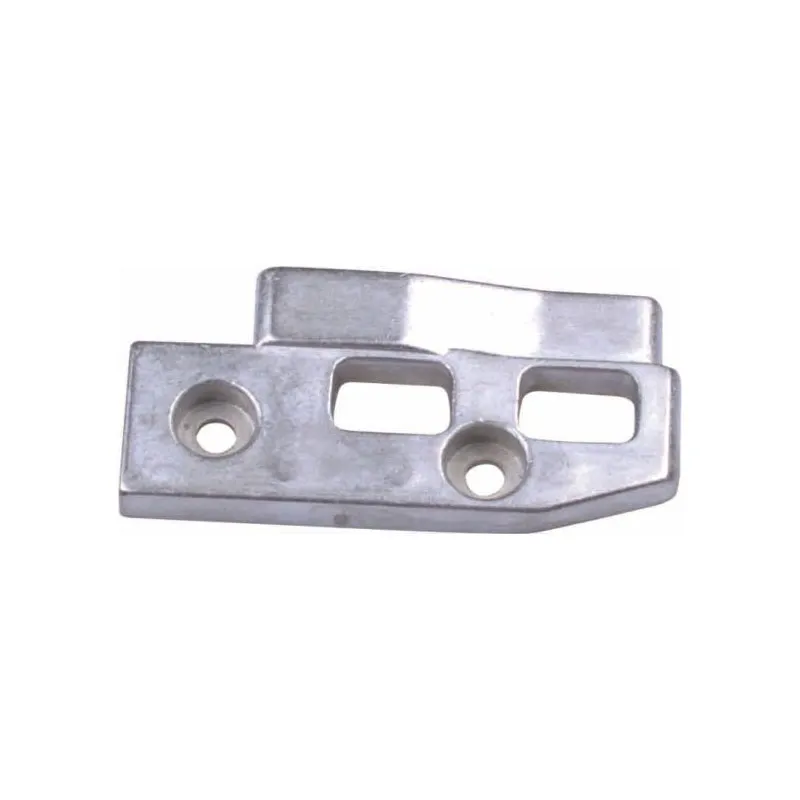Understanding Low Voltage Switchgear Guide Rails: Components, Functionality, and Applications
2024-11-21
Low voltage switchgear is an essential part of electrical distribution systems, providing safety, reliability, and efficiency. A critical component in these systems is the guide rail, which plays a pivotal role in the structural and functional integrity of the switchgear assembly. This blog explores the design, functionality, and applications of low voltage switchgear guide rails, offering insights into their importance and use.
What is a Low Voltage Switchgear Guide Rail?
A guide rail in low voltage switchgear is a structural support and alignment mechanism used to mount, secure, and guide electrical components within the assembly. These rails are designed to meet the demands of electrical distribution systems, ensuring:
- Accurate alignment of components
- Ease of installation and maintenance
- Durability under operational stresses
Guide rails are typically constructed from high-strength materials like aluminum or steel and may feature insulating coatings to enhance safety.
Key Features of Low Voltage Switchgear Guide Rails
1. Durability and Strength
- Designed to withstand mechanical stress, vibrations, and thermal expansion.
- Made from corrosion-resistant materials for extended lifespan.
2. Precision and Alignment
- Ensure proper alignment of circuit breakers, switches, and other components.
- Reduce risks of malfunction or failure due to misalignment.
3. Ease of Maintenance
- Simplify the removal or replacement of components during repairs or upgrades.
4. Insulation Properties
- Often equipped with insulation to prevent electrical shorts and enhance safety.
Functionality in Switchgear Assemblies
Low voltage switchgear guide rails play several critical roles:
1. Component Support
- Securely hold devices like circuit breakers, contactors, and relays in place.
2. Pathway for Motion
- Provide a sliding mechanism for components that need to be moved or adjusted, such as draw-out circuit breakers.
3. Electrical Isolation
- Offer additional insulation to minimize the risk of accidental short circuits.
4. Structural Integrity
- Contribute to the overall rigidity and stability of the switchgear assembly.
Applications of Low Voltage Switchgear Guide Rails
- Industrial Facilities: Power distribution systems in factories and plants.
- Commercial Buildings: Electrical rooms in offices, malls, and complexes.
- Data Centers: Ensuring stable power delivery to critical IT infrastructure.
- Renewable Energy Systems: Solar and wind energy installations.
By offering robust support and alignment, guide rails ensure that low voltage switchgear performs reliably across diverse applications.
Low voltage switchgear guide rails may appear as simple components, but their role in ensuring operational safety, reliability, and efficiency cannot be overstated. By understanding their design, functionality, and applications, stakeholders can make informed decisions about the selection and maintenance of these critical elements in electrical systems.



